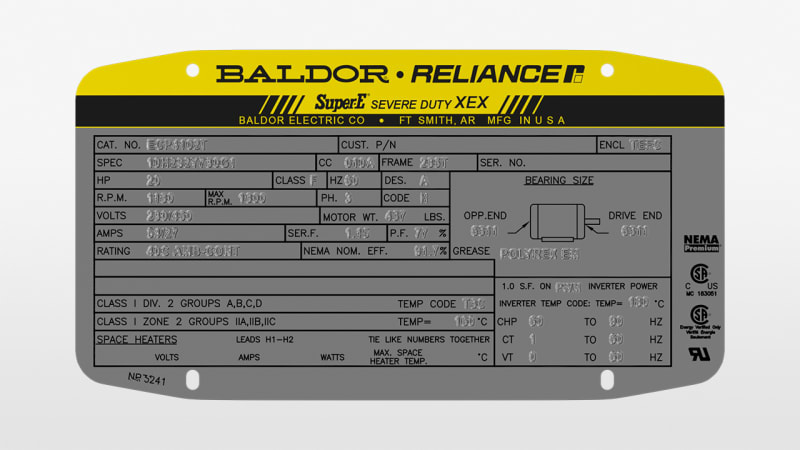compguy22
Mechanical
- Mar 14, 2022
- 57
Hello,
On a electric motor driven rotary air compressor (rated 200 kW and equipped with a variable speed driver), the full load package current is indicated on the nameplate (this is package nameplate, not motor nameplate). However this current value is different than the package current value stated on (OEM) datasheet. I refer here to the generic datasheet of the package (not as built one). The machine is from standard production / pre-engineered package. The only parameters which I can think that could be project specific and potentially affect performance would be the ambient conditions and air condition at inlet of the machine.
My question: is the Service Factor (1.2) normally included in the full load current? That would explain the difference, all though there is still a discrepancy in the values. Or could the difference be due to the fact that the current value reported on nameplate correspond to the one determined during factory testing?
Thank you for providing any pointers.
On a electric motor driven rotary air compressor (rated 200 kW and equipped with a variable speed driver), the full load package current is indicated on the nameplate (this is package nameplate, not motor nameplate). However this current value is different than the package current value stated on (OEM) datasheet. I refer here to the generic datasheet of the package (not as built one). The machine is from standard production / pre-engineered package. The only parameters which I can think that could be project specific and potentially affect performance would be the ambient conditions and air condition at inlet of the machine.
My question: is the Service Factor (1.2) normally included in the full load current? That would explain the difference, all though there is still a discrepancy in the values. Or could the difference be due to the fact that the current value reported on nameplate correspond to the one determined during factory testing?
Thank you for providing any pointers.

